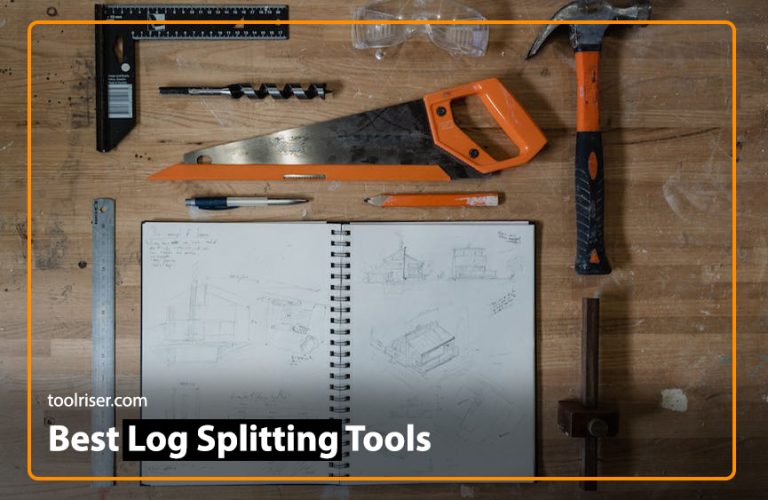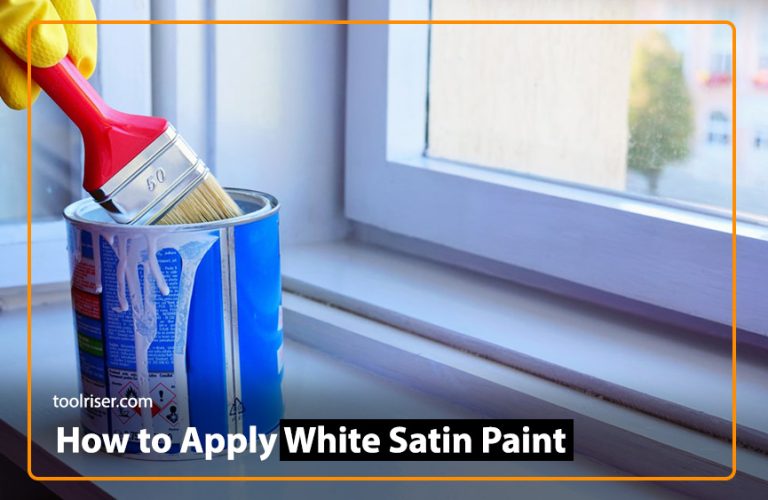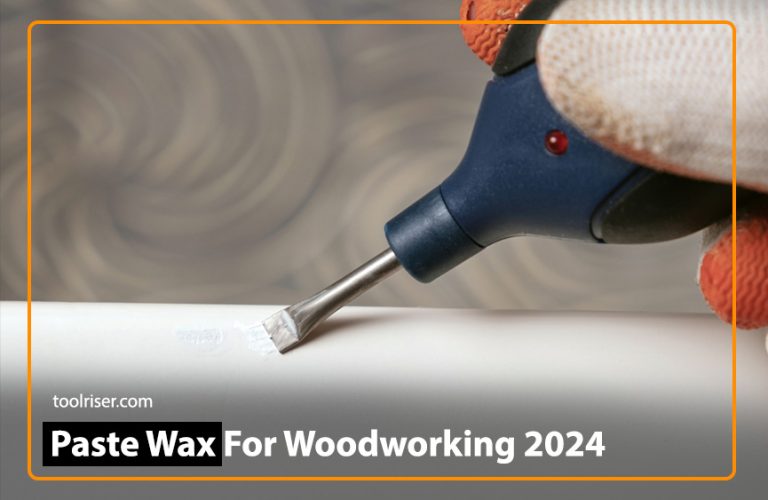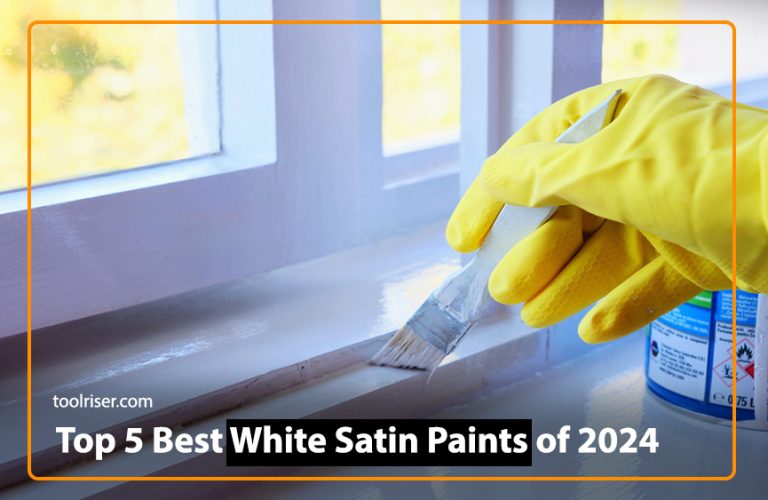A Comprehensive Guide on How to Paint Metals: Types of Metal Paints
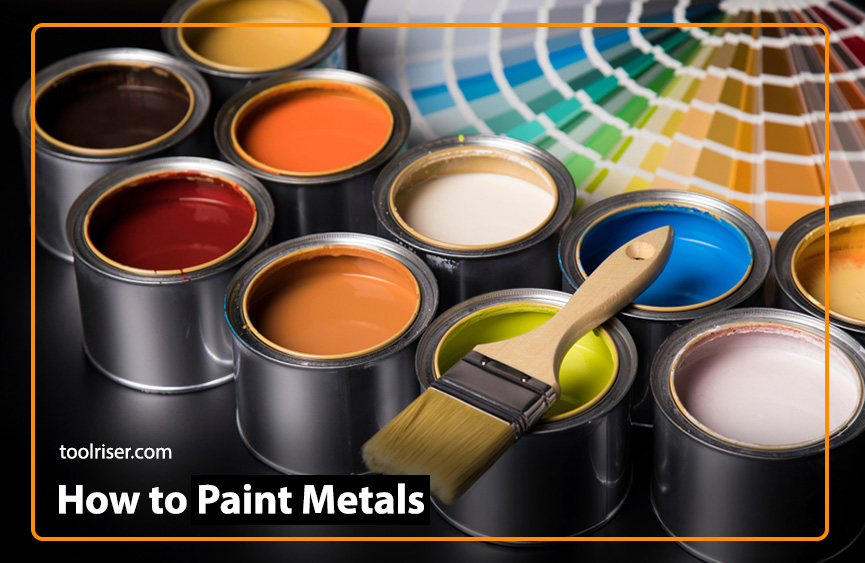
Painting metal surfaces serves both functional and aesthetic purposes. Whether reviving an old piece of furniture or protecting outdoor fixtures from corrosion, knowing how to paint metal properly is essential. In this guide, we’ll walk you through the step-by-step process of painting metal surfaces, including the necessary tools, materials, types of paint, and frequently asked questions to ensure you achieve professional and long-lasting results.
Tools and Materials
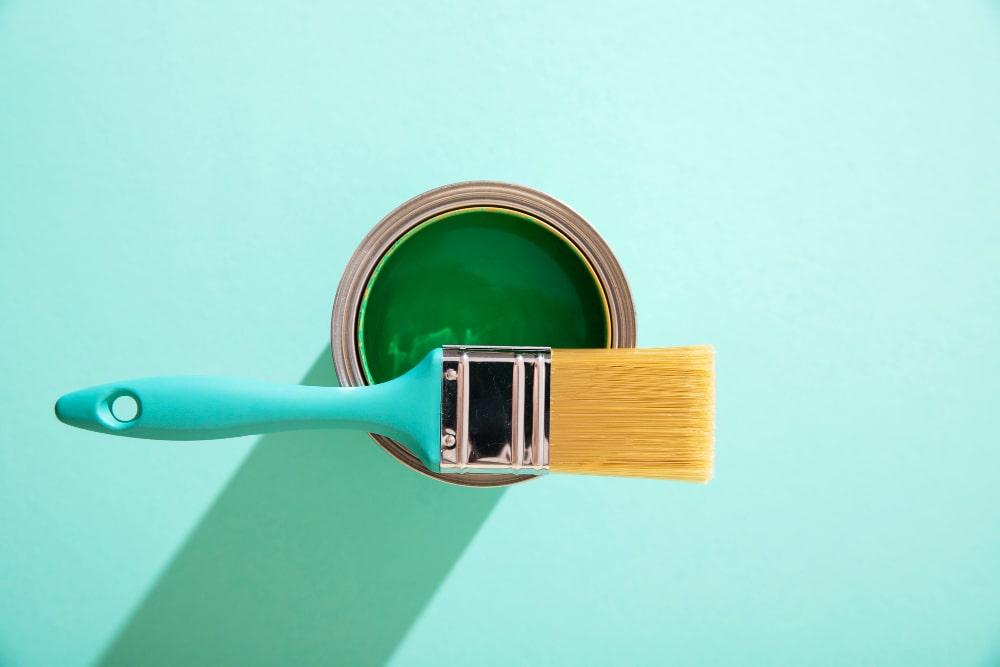
Before starting your metal painting project, gather the following tools and materials:
Tools
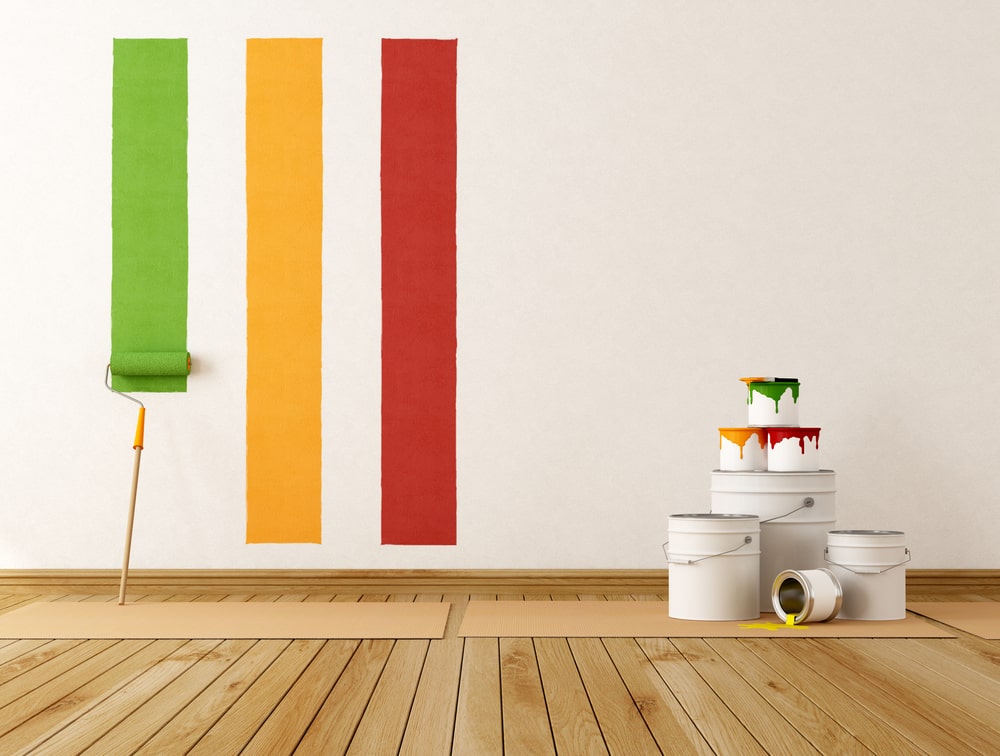
Wire brush:
For removing rust, dirt, or old paint from the metal surface.
Clean Cloth:
For wiping down the surface and removing debris.
Primer:
They are used for metal surfaces to promote adhesion and prevent rust.
Paint Brushes / Spray Paint Gun:
For applying primer and paint evenly.
Paint Thinners:
For cleaning tools and spills.
Protective Gear:
Goggles, Hand Gloves, and a mask are the equipment used to protect yourself from fumes and chemicals.
Paint Stirrer:
They are used for thoroughly mixing the paint before application.
Materials
- Metal Paint Primer
- Metal Paint
- Rust Converter
Steps to Paint Metal
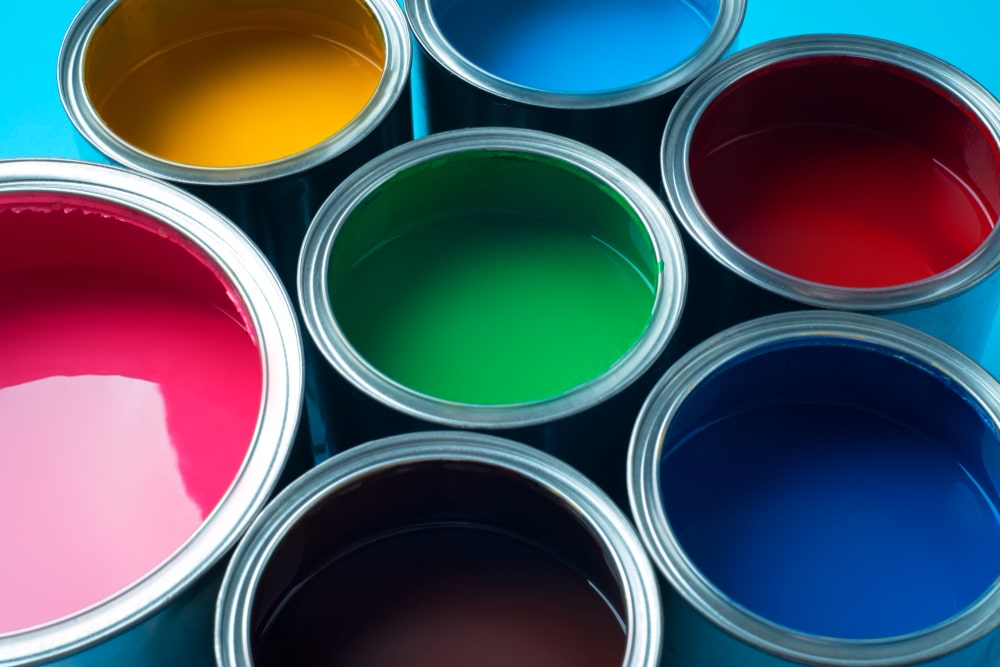
Prepare the Surface
The first step is to prepare the metal surface for painting. Remove dirt, rust, or old paint using a wire brush or sandpaper. Then, use a clean cloth to wipe the surface thoroughly, ensuring that it is completely free from any dirt or dust particles. Now, your metal surface is ready for painting.
Apply Primer
Once the surface is clean, apply a coat of metal primer evenly using a paintbrush or spray paint gun. Follow the manufacturer’s instructions for drying time and application techniques. Let the primer take some time and dry completely before moving on to the next step.
Sand (Optional)
If desired, lightly sand the dried primer with fine-grit sandpaper to smooth out rough areas and improve paint adhesion. Before continuing, use a clean cloth to wipe away any kind of dust or debris from the surface.
Apply Paint
Before applying, thoroughly stir the metal paint to ensure it’s evenly mixed. Then, use a paintbrush or a spray paint gun to apply the paint, making sure to coat the surface evenly with thin layers. Drying each and every coat is necessary before adding the next layer.
Finish and Clean Up
After the final coat of paint has dried, carefully observe the surface for any imperfections or areas that may have been missed. Clean your tools and any spills using paint thinner or mineral spirits as per the manufacturer’s guidelines. Dispose of any remaining paint and materials responsibly, following proper disposal procedures.
Main Types of Paints for Metal Surface
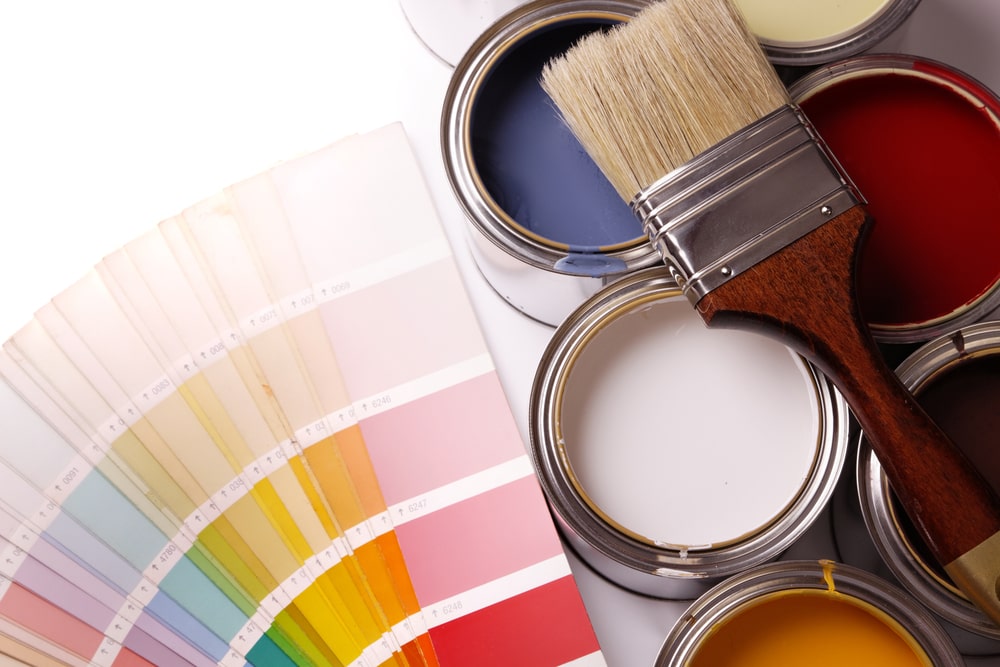
Here, we enlist some basic types of paints that can be painted on Metal Surfaces to smoothen the painting process.
Enamel Paint
- Enamel paint is known for its smooth and glossy finish, making it ideal for achieving a sleek look on metal surfaces.
- It provides excellent adhesion and durability, creating a uniform and flawless appearance.
- Enamel paints are available in various colors and finishes, allowing for customization based on project requirements.
Acrylic Paint
- Acrylic paint is a versatile option for achieving a smooth finish on metal surfaces, especially indoors.
- It dries quickly and provides good coverage with a smooth and even texture.
- Acrylic paints come in various sheens, including matte, satin, and glossy, offering flexibility in achieving desired aesthetics.
Spray Paint
- Using spray paint is a good option for getting a smooth and polished look on metal surfaces, especially in tricky or tight spots.
- Spray paints are available in enamel, acrylic, and other formulations, providing options for different project needs and preferences.
Metallic Paint
- Metallic paint adds a luxurious and smooth finish to metal surfaces, creating a sleek and modern look.
- It contains metal flakes or pigments that produce a reflective sheen, enhancing the visual appeal of the painted surface.
- Metallic paints are available in various colors and finishes, allowing for customization and creativity in design.
Epoxy Paint
- Epoxy paint offers a smooth and durable finish on metal surfaces, providing excellent adhesion and protection against corrosion and abrasion.
- Epoxy paints are commonly used in industrial and commercial applications where a smooth and resilient finish is essential.
To get information about Top 5 Best White Satin Paint for Woodworking, Click here
FAQs (Frequently Asked Questions)
Q.1 Can I paint directly onto rusty metal?
Ans. While it’s possible to paint directly onto rusty metal, it’s best first to treat the rust with a rust converter to neutralize it and prevent further corrosion.
Q2. How long should I wait between coats of paint?
Ans. Let each coat of paint dry fully 100% according to the manufacturer’s instructions before applying the next one. This typically ranges from 1-2 hours.
Q3. Do I need to use a specific primer for metal surfaces?
Ans. Yes, using a primer specifically formulated for metal surfaces is essential to promote adhesion and prevent rust formation.
Q4. Can I use regular spray paint for metal surfaces?
Ans. While regular spray paint may adhere to metal surfaces, using paint specifically designed for metal will provide better adhesion, durability, and rust protection.
Q5. How do I protect painted metal surfaces from chipping or peeling?
Ans. Ensure proper surface preparation, including cleaning and priming, and apply paint in thin, even coats. Additionally, consider using a clear coat for further protection.
Q. Is it necessary to apply a clear coat over the painted metal?
Ans. While not always necessary, applying a clear coat can be an excellent step to provide added protection against scratches, UV rays, and moisture, especially for outdoor metal surfaces.
Conclusion
This blog post is a comprehensive guide with step-by-step instructions. By choosing the right tools, materials, and paint for your project, you can achieve professional and long-lasting results when painting metal surfaces.

